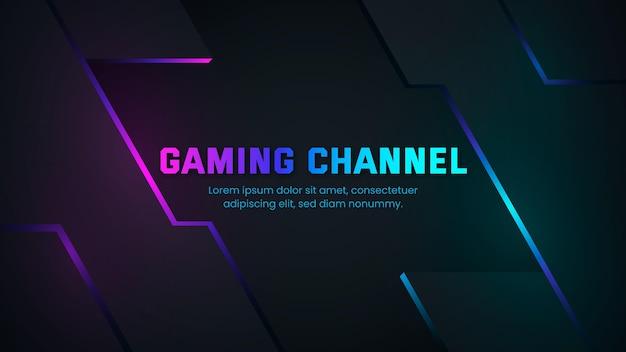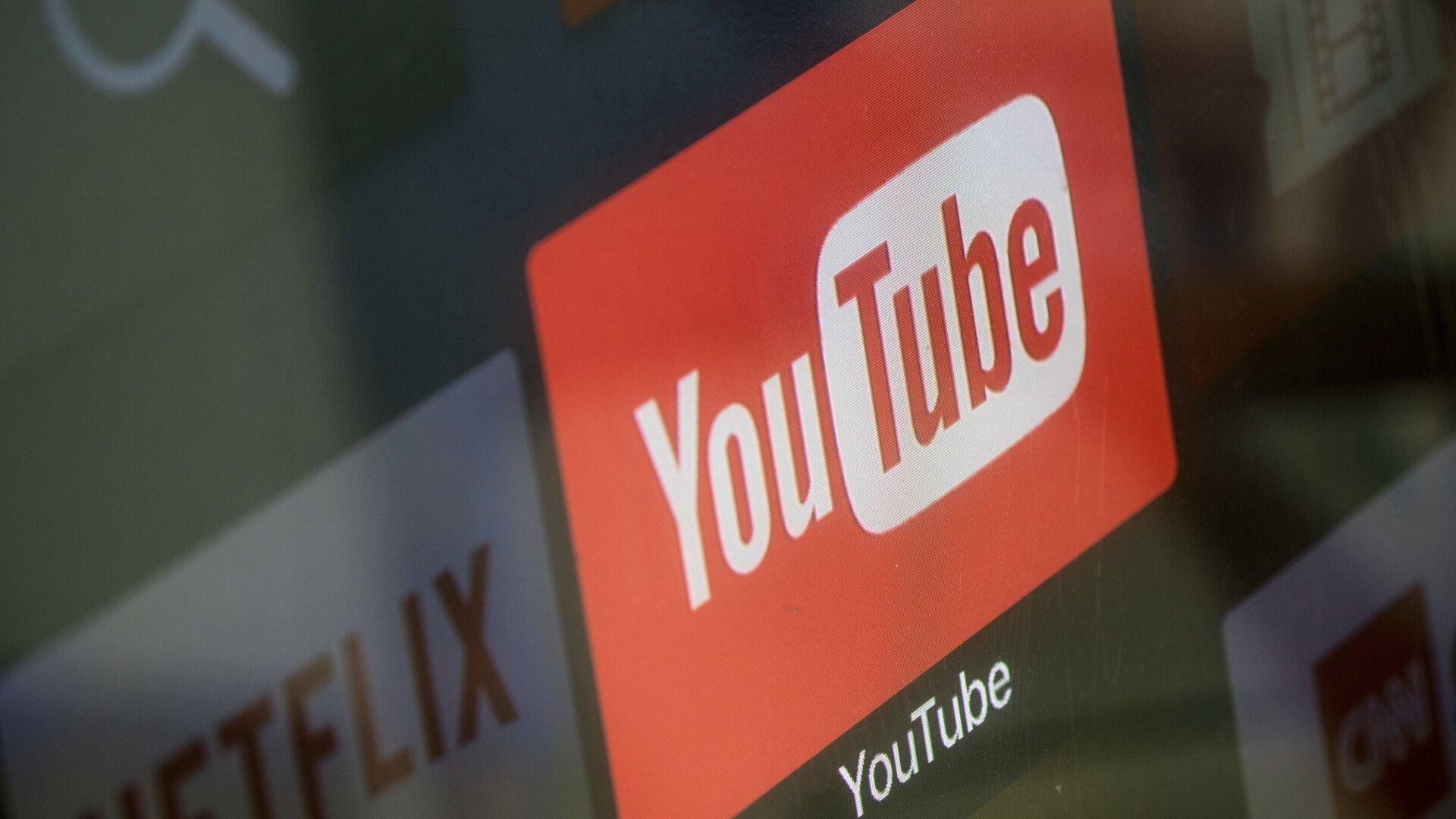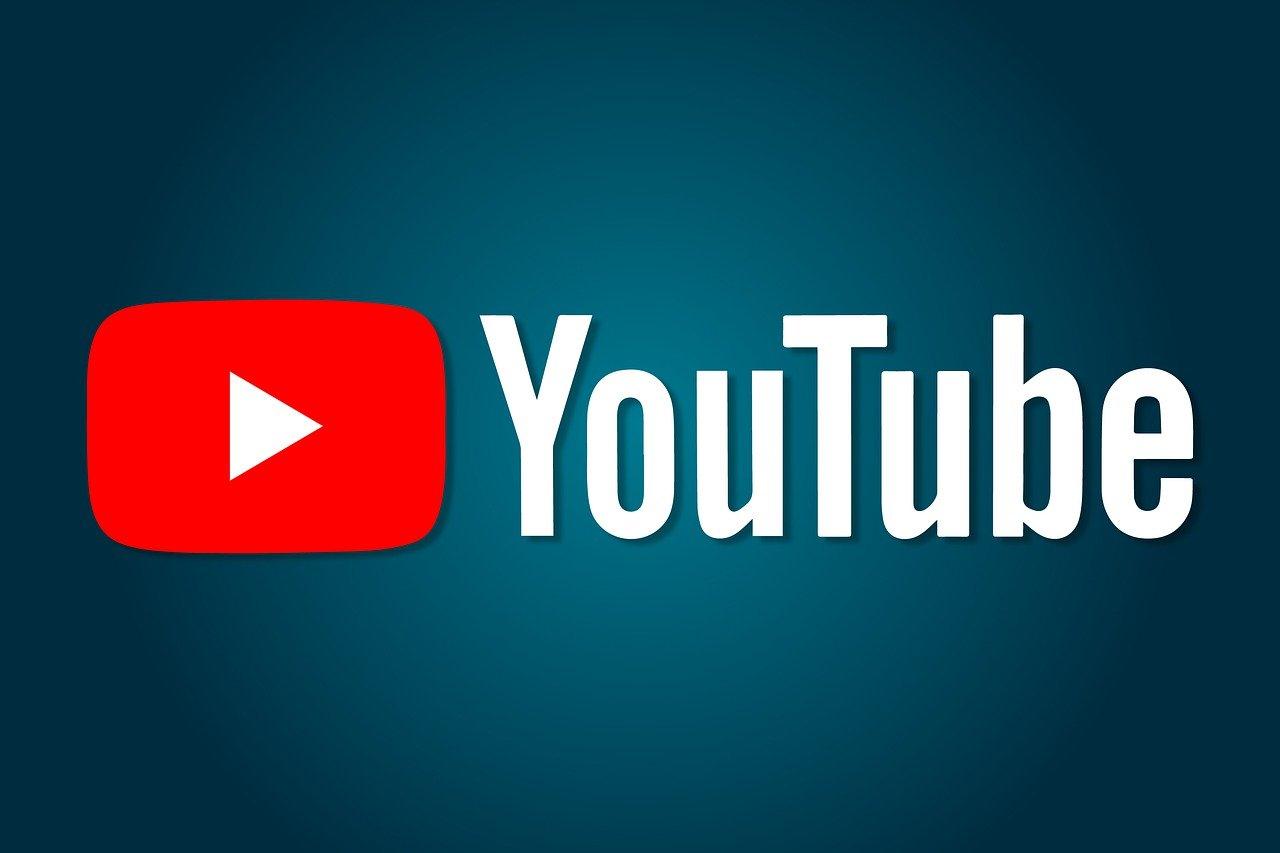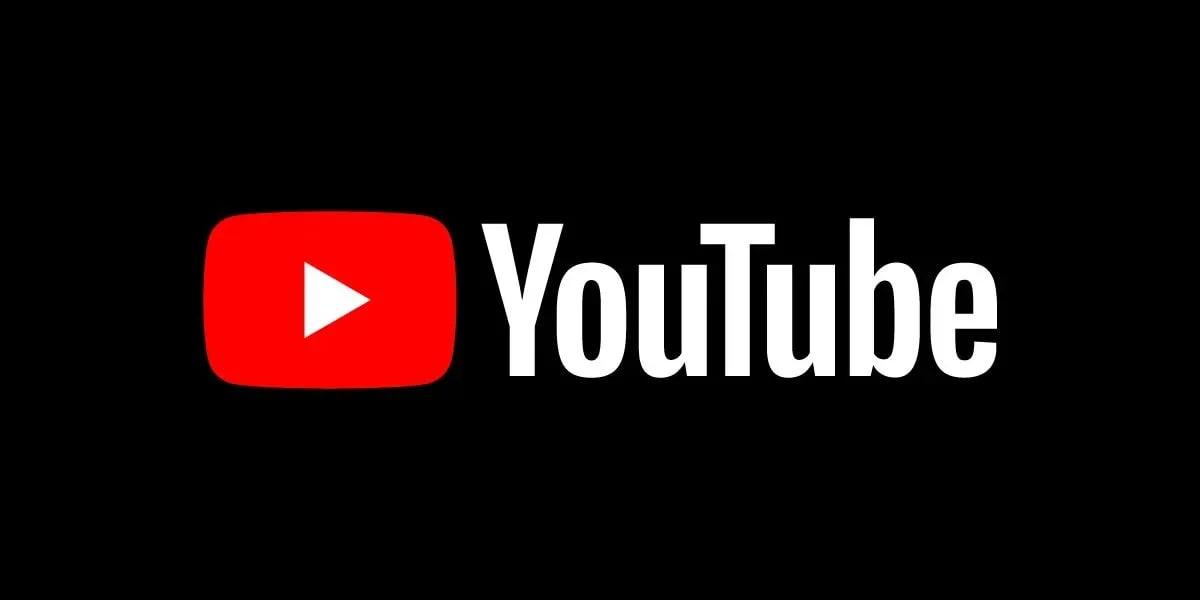Ever find yourself nodding along to a YouTube video, only to think, “Wow, I really want to share that part!”? You’re not alone. In this digital age, where ideas flow like a river and creativity is often a collective effort, the temptation to snag snippets from someone else’s hard work is real. But is it okay to do that? Let’s dive into the murky waters of copyright, fair use, and the ethics of sharing. Think of it like borrowing a friend’s awesome jacket; you want to rock it, but you’ve also got to respect that it’s theirs. So, how can we navigate this tangled web, strike a balance between inspiration and infringement, and keep both our creative spirits alive? Let’s unpack this together!
Understanding Fair Use in the Digital Age
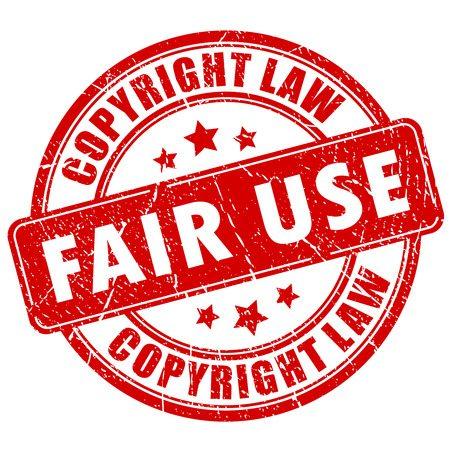
When you’re sifting through a mountain of content on YouTube, it’s tempting to grab snippets here and there for your own projects. But hold on—just because something’s online doesn’t mean it’s free game. Understanding the fair use doctrine is key. It’s like the difference between borrowing a neighbor’s hammer to help with your home project and taking it without asking. Fair use allows for some copying, but it’s a balancing act that considers factors like purpose, nature, amount, and effect on the original work. So, if you’re just pulling a few seconds for educational purposes or critique, you might be in safe territory, but the more you take, the murkier things can get.
Here’s a quick guide to help clarify when you might be treading too close to infringement:
| Factor | Consideration |
|---|---|
| Purpose | Non-commercial, educational use is more likely to be seen as fair use. |
| Nature | Creative works (like music videos) have less leeway than factual content. |
| Amount | Using a small excerpt is better than a long clip. |
| Effect | If your use hurts the original’s market, it’s less likely to be fair use. |
Wrapping your head around fair use might feel like deciphering a puzzle, but knowing the basic components can guide you on the right path without stepping on any toes. Just remember, when in doubt, it’s always wise to ask for permission!
The Fine Line Between Inspiration and Imitation

When it comes to drawing inspiration from YouTube videos, it’s crucial to tiptoe that narrow edge between taking a cue and outright copying. Think about it: the key ingredient to creativity isn’t just replication; it’s in the transformation of the ideas you encounter. So, before you leap into snatching those catchy phrases or aesthetic visuals, ask yourself a few questions: Are you adding your unique spin? Are you channeling a similar vibe or simply rehashing someone else’s thoughts? Creating something fresh is like cooking a family recipe—you can borrow the ingredients, but it’s how you mix them that adds your personal flavor.
This isn’t to say that inspiration is off-limits. In fact, inspiration fuels innovation! However, there’s a subtle art to borrowing ideas without crossing the line into imitation. Here’s a quick way to gauge where you stand:
- Your Voice: Does it sound like you?
- Originality: Is it a derivative or a whole new creation?
- Value: Are you offering something beneficial to your audience?
By keeping these points in mind, you can harvest ideas from others while fostering your own authentic style. Aiming for originality in your adaptations not only enriches your content but also pays homage to those sources by highlighting their influence in your own unique way.
Best Practices for Using YouTube Content Legally
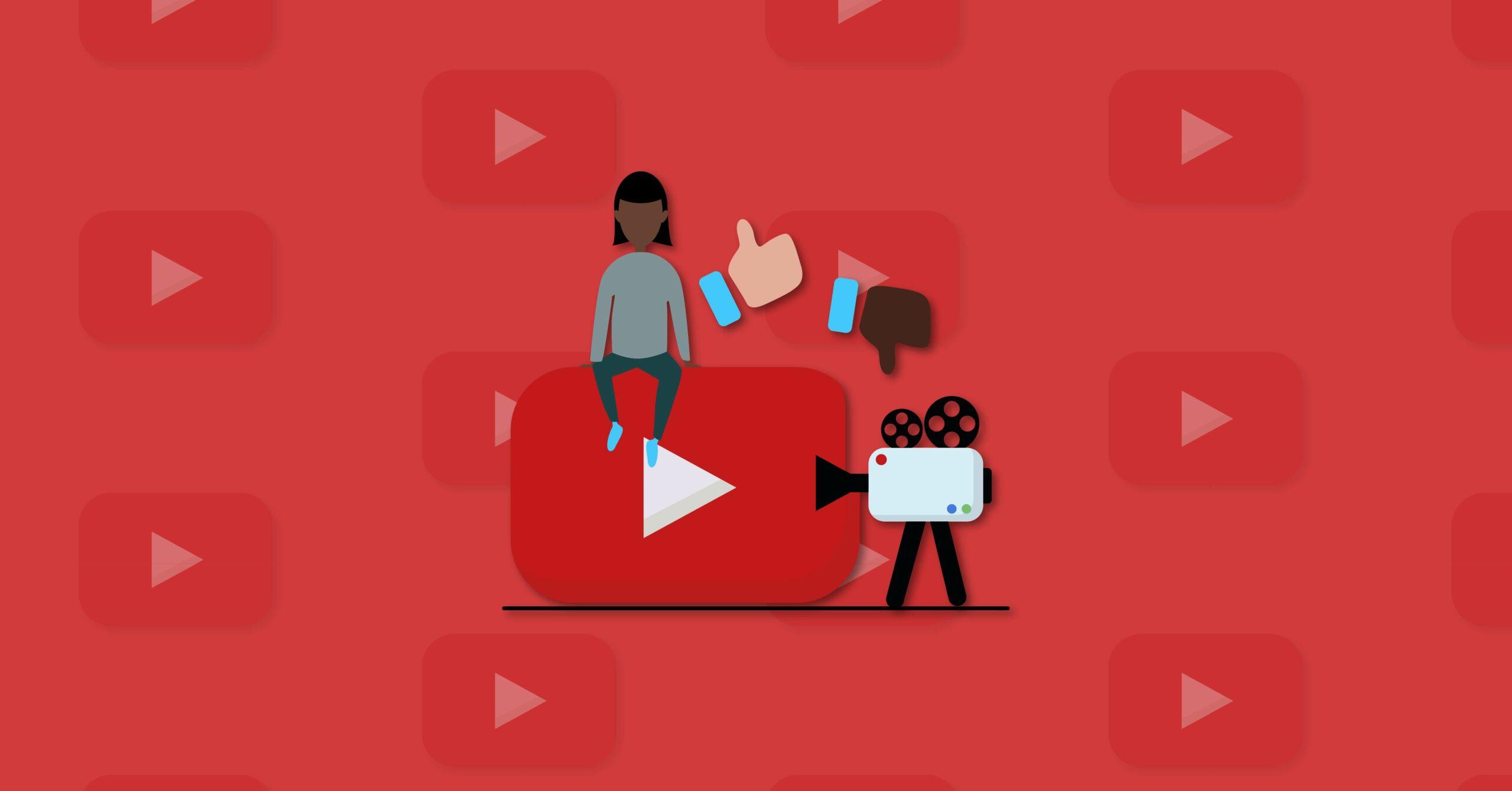
Diving into YouTube content can feel like a treasure hunt, but snagging snippets without permission can land you in murky waters. So, what should you do to keep your boat afloat? First off, always give credit where it’s due. If you’re borrowing a clip, let your audience know who created it. This isn’t just polite; it’s how you stay on the right side of copyright laws. A simple mention can go a long way. Also, consider whether you’re using the material for educational purposes or commentary. The fair use doctrine allows for some leeway in these cases, but it’s a slippery slope—make sure your use falls into those categories to avoid copyright claims.
Another great strategy is to explore the realm of content that’s released under a Creative Commons license. This type of content lets you remix, adapt, and share as long as you follow the specific guidelines outlined by the creator. Always read the fine print, because each license has different rules. Plus, reaching out to content creators for explicit permission can be a win-win; they might just appreciate your genuine interest and allow you to use their work! Here are some key tips to remember:
- Always credit the original creator.
- Check for Creative Commons licenses.
- Consider fair use factors seriously.
- Ask for permission if in doubt.
How to Create Unique Content Without Stepping on Toes

Creating unique content is like cooking a great meal: you need the right ingredients and a sprinkle of creativity. When it comes to YouTube videos, think of them as a rich pantry filled with resources. You can gather ideas, insights, and even phrases but be careful not to just regurgitate what’s already been said. Instead, transform those snippets into your own voice. Ask yourself: how can I take this idea and remix it? Maybe you can add your personal experience or relate it to a trending topic. This way, your content becomes a delicious new dish rather than stale leftovers.
Another important element is to focus on attribution. Just like in cooking, where credit is given to original recipes, don’t hesitate to acknowledge the source of your inspiration. If you quote a line or paraphrase a concept, link back to the original video. This not only builds credibility but fosters a community. Consider these best practices:
- Transform Ideas: Use ideas as a springboard for your unique perspective.
- Credit the Source: Link back to the original content where appropriate.
- Incorporate Your Voice: Make sure your personality shines through.
Additionally, when you synthesize information from several sources, it’s like creating a vibrant collage. A hybrid style can emerge, allowing you to express complex ideas simply. A quick reference table can illustrate how you might meld various concepts without crossing boundaries:
| Source Type | Usage Approach | Outcome |
|---|---|---|
| YouTube Snippet | Paraphrase with credit | Original voice with respect for the creator |
| Blog Post | Summarize and link back | Builds authority and traffic |
| Podcast | Incorporate insights and personal stories | Engaging, relatable content |
In Summary
As we wrap things up, it’s clear that copying snippets from YouTube videos dances on a fine line between inspiration and infringement. Sure, it’s tempting to snatch a catchy part or a visually stunning clip to sprinkle a bit of pizzazz in your own projects, but it’s a bit like borrowing your friend’s cool sneakers — you might want to ask first!
Think of it this way: You wouldn’t want someone to swipe your creative work without a ‘thank you,’ right? So, instead of lifting pieces blindly, why not channel that same creativity into developing your own original content? Dive into the art of remixing with permission, giving credit where it’s due, or maybe even collaborating with creators. The digital world is way more rewarding when everyone plays fair.
So, the next time you’re tempted to hit that copy button, take a moment to consider — is there a better way to honor that creativity while showcasing your own? Embrace the challenge and let your unique voice shine through. After all, originality is like a bad haircut; it sticks with you! Keep creating, keep exploring, and remember: your ideas can be just as captivating without stepping on someone else’s toes!
